
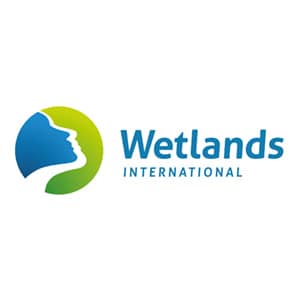
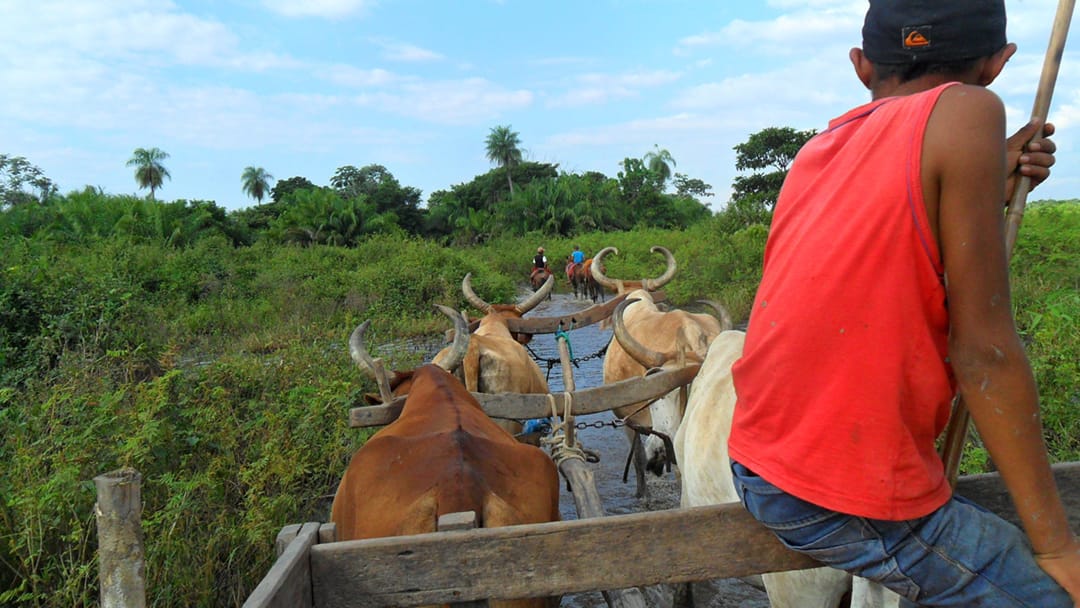
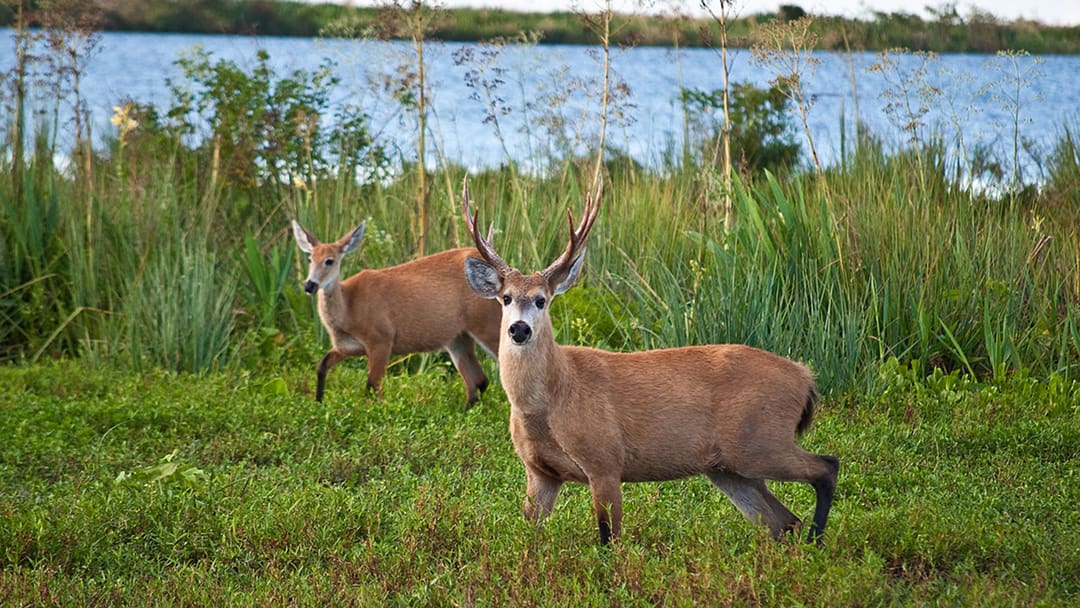

Saving the Corredor Azul
Since 2017
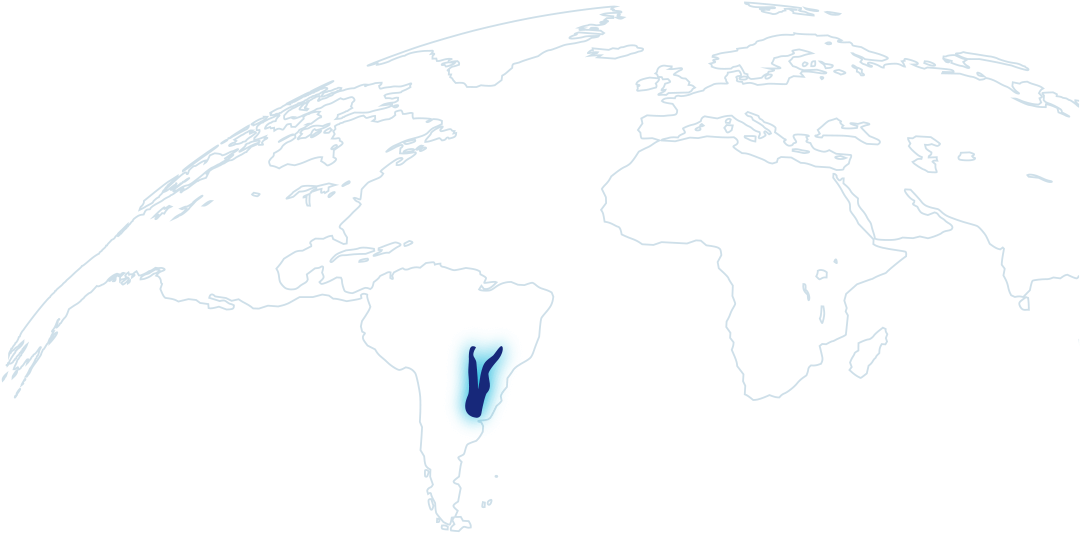
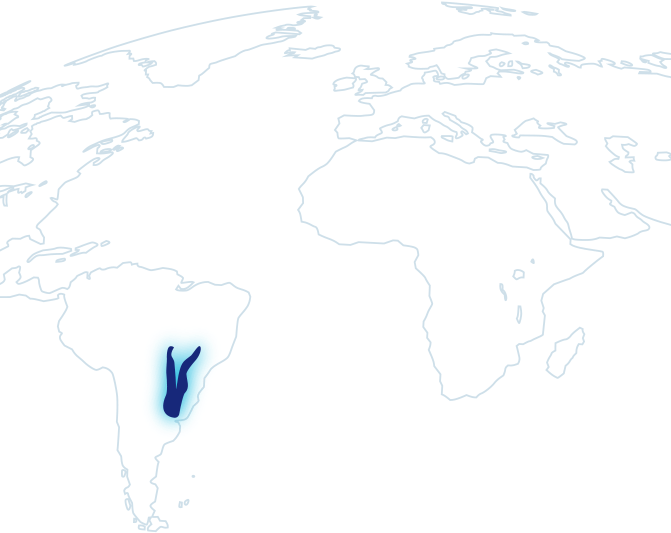
in cooperation with Wetlands International LAC Brazil and Wetlands International Global Office
The 3,400 km long Paraná-Paraguay river system is one of the world’s last remaining examples of a large, free-flowing river. The Corredor Azul (‘Blue Corridor’) is a system of amazing natural beauty and biodiversity and contains a myriad of unique land and water habitats. If dammed and or canalized, its wetlands will be degraded and their immense value and benefits for people lost forever.
The programme aims to safeguard the health and connectivity of the river system and its iconic wetlands – the Iberá Marshes and the Paraná Delta in Argentina, and the Pantanal in Brazil.
Since its start in 2017, the programme has developed strategic alliances with over 25 organizations in Argentina and Brazil, including governmental bodies, NGOs, universities and knowledge centers, and the private sector. Further, 18 community-based organizations have supported in the sustainable use of wetland resources to safeguard their livelihoods.
Other successful results of the programme to date include:
Safeguard the Corredor Azul (Paraná-Paraguay wetlands system) as an ecological, social and economic asset for South America. The aim is to conserve 1 million hectares of wetlands, achieve sustainable productive use of 160,000 hectares, and maintain the free-flowing river system that connects the three iconic wetlands (Pantanal, Iberá Marshes and Paraná Delta). This includes:
See the article(s) below:
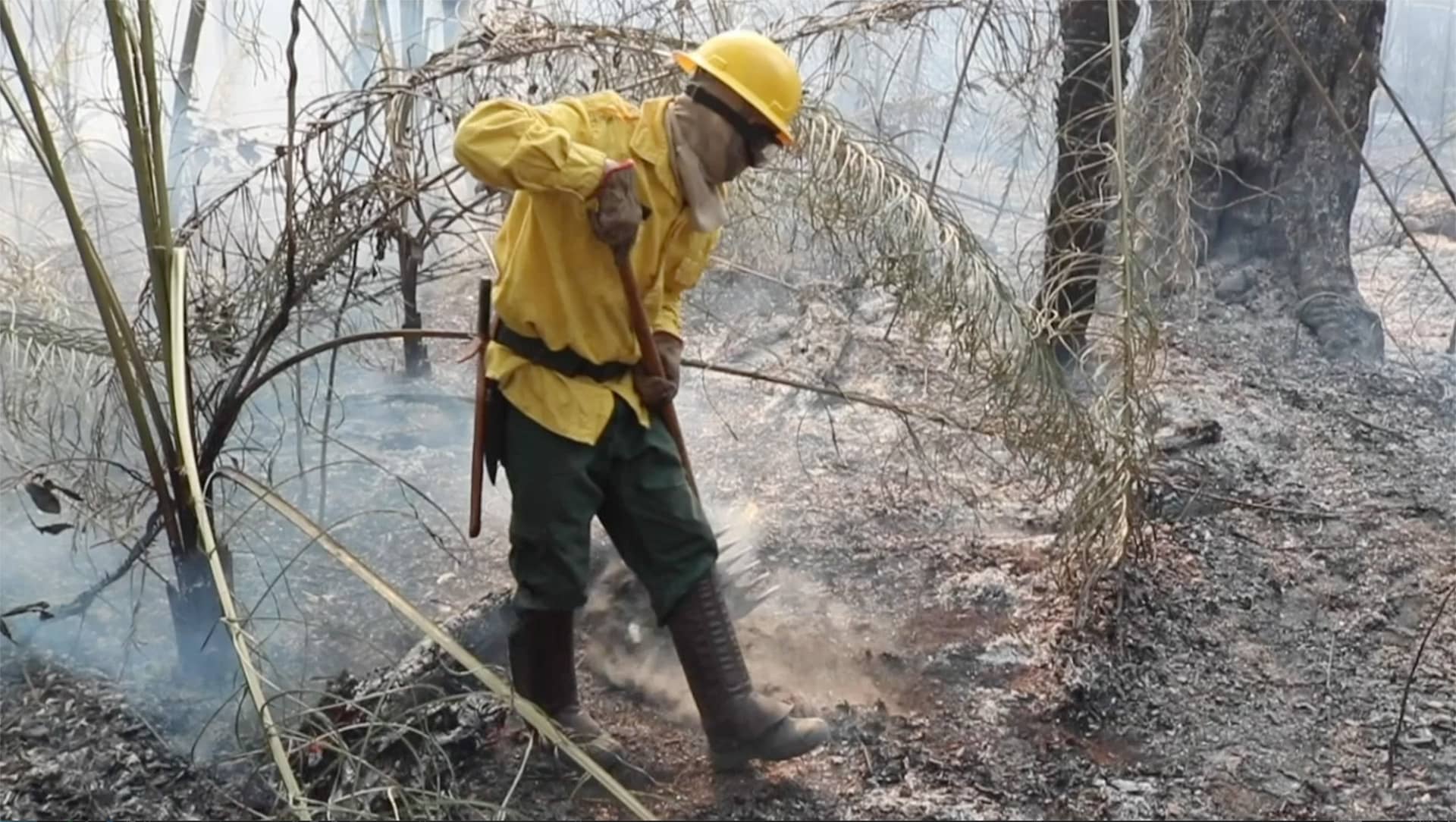
When the fires in their territory in the south region of the Pantanal got out of control, a group of 14 young men of the indigenous Kadiwéu community took matters into their own hands. By forming their own fire brigade, they have become true fire fighting heroes.
Photocredits
– Traveling in Pantanal © Rose Araujo
– Wetlands in Pantanal © iStock